The fusion of fashion and technology is no longer a futuristic concept—it’s today’s reality. From smart fabrics to virtual fitting rooms and AI-powered personal stylists, the way we experience fashion is evolving rapidly. As technology continues to redefine creativity and convenience, it’s reshaping the entire lifecycle of a garment—from design to delivery. In this post, we explore how technology is revolutionizing the fashion world, both behind the scenes and on the runway.
AI-Driven Design: The Future of Creativity
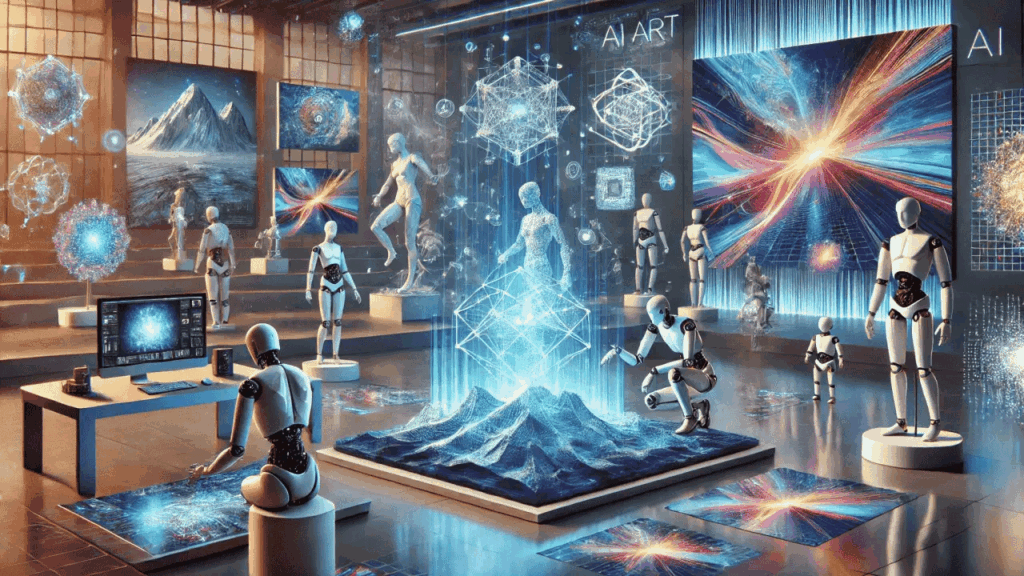
Artificial Intelligence (AI) is unlocking new frontiers in fashion design. Today’s designers are leveraging algorithms to forecast trends, predict consumer behavior, and even co-create collections. AI tools analyze vast datasets—social media trends, purchasing habits, and seasonal color palettes—to offer design recommendations and optimize product development.
Brands like Tommy Hilfiger and Adidas have already partnered with AI firms to enhance their creative processes. This not only speeds up production cycles but also reduces waste by producing what consumers actually want. AI-generated fashion is no longer experimental—it’s part of the mainstream design toolkit.
Virtual Fitting Rooms: Say Goodbye to Guesswork

One of the most consumer-facing innovations in fashion technology is the virtual fitting room. Using augmented reality (AR) and AI, customers can now try on clothes digitally via smartphones or smart mirrors. This advancement is revolutionizing e-commerce by reducing returns, increasing confidence in purchases, and enhancing user experience.
Retailers such as Zara, H&M, and Amazon are already rolling out this feature. Consumers input their body measurements and see how clothing fits in real time, often styled on a customizable avatar. These virtual experiences are especially vital as online shopping continues to dominate the retail space.
3D Printing: Fashion Gets a High-Tech Makeover
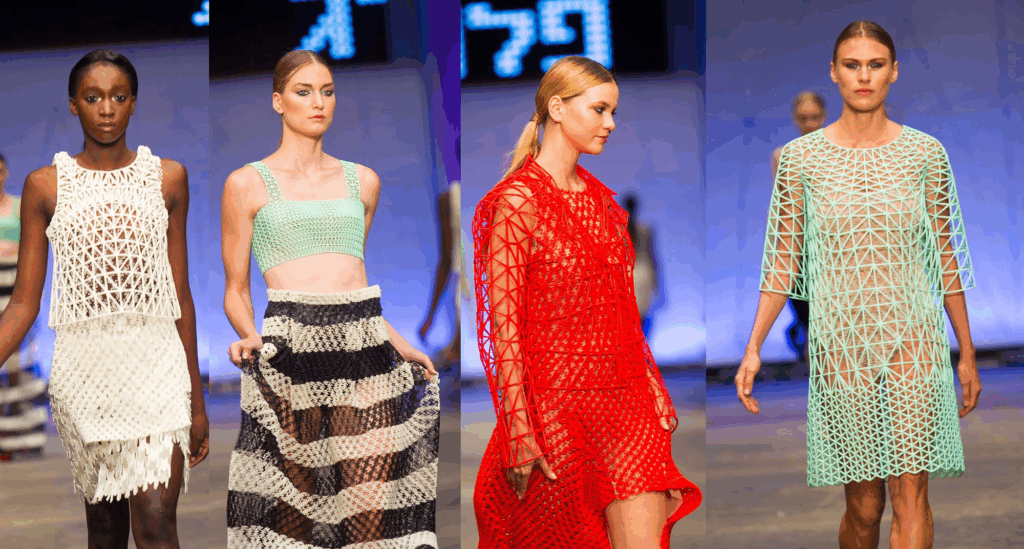
3D printing is giving fashion a technological makeover. From haute couture pieces seen on the runway to customizable shoes and jewelry, 3D printing allows for precise, waste-free production. Designers like Iris van Herpen and brands like Adidas (with its 4D-printed midsoles) are pushing the boundaries of what’s wearable and manufacturable.
This process not only opens the door to unique, complex designs but also reduces the environmental footprint associated with traditional production methods. The synergy of fashion and 3D printing is a strong indicator of how technology can create a more sustainable and innovative industry.
Smart Fabrics and Wearable Tech
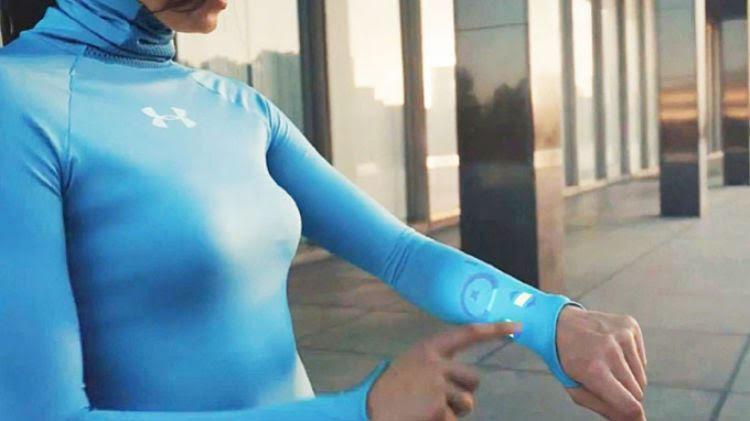
Smart fabrics and wearable technology are turning everyday garments into data-collecting powerhouses. Think jackets that heat up in cold weather, shirts that monitor heart rates, or fabrics that change color depending on body temperature or mood. These innovations merge functionality with fashion, addressing both lifestyle and health needs.
Brands like Levi’s (in collaboration with Google’s Jacquard project) and Ralph Lauren (with biometric polo shirts) are leading the charge. Smart fashion isn’t just about style—it’s about utility and improving quality of life through intelligent design.
Blockchain and Transparency in Fashion

Blockchain is enhancing transparency and accountability within the fashion supply chain. As consumers become more conscious about where and how their clothes are made, brands are turning to blockchain to offer proof of origin, authenticity, and ethical practices.
Platforms like Provenance and VeChain allow consumers to scan a QR code and trace the life of a product—from the source of the cotton to the factory conditions where it was made. This technological advancement is driving a wave of ethical consumerism and challenging brands to maintain higher standards.
Social Media Filters and Digital Fashion
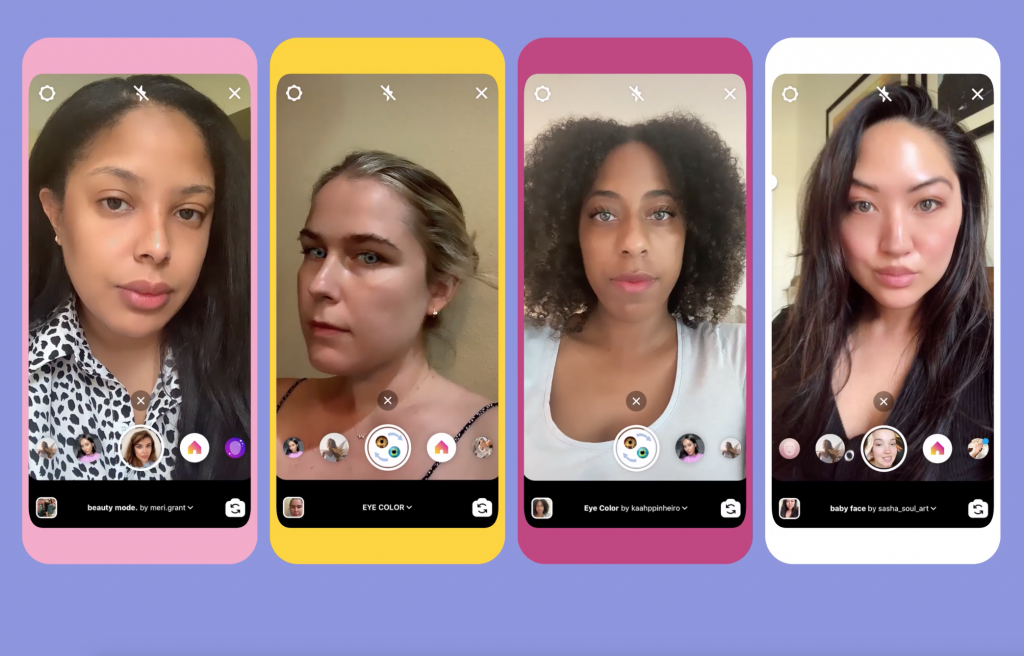
Social media filters and digital fashion are changing how people experiment with style. Brands and influencers now use augmented reality (AR) to offer digital garments—clothes that exist only on screen. These are worn for selfies, content creation, and virtual fashion shows.
With platforms like Snapchat and Instagram embracing AR filters, digital fashion becomes a low-waste, creative way to engage younger, tech-savvy consumers. Designers like The Fabricant are creating entire lines of clothing that can be “worn” digitally—no textile required.
AI Stylists and Personalized Shopping
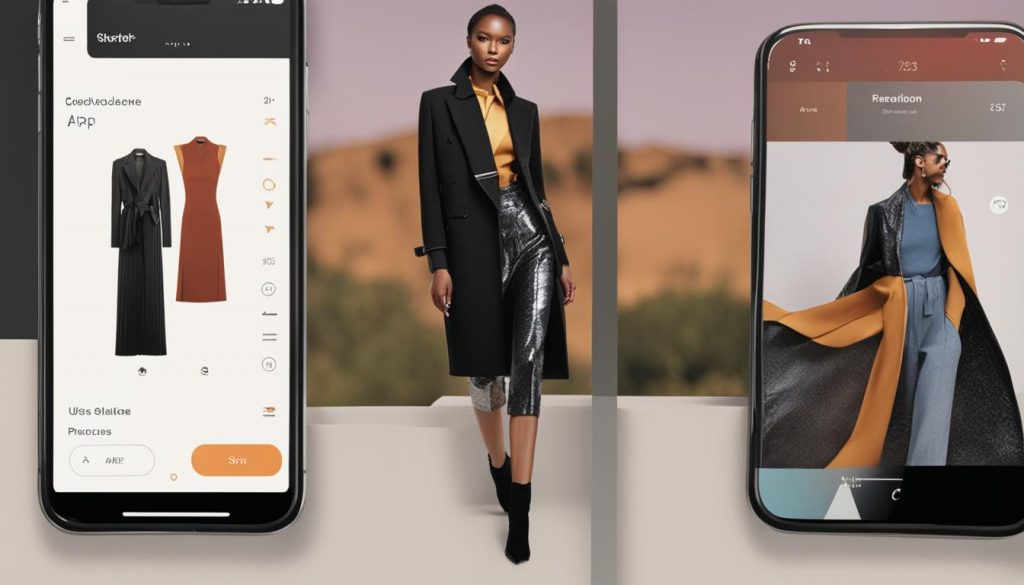
Shopping assistants powered by artificial intelligence are personalizing the retail journey. Apps like Stitch Fix and Amazon Personal Shopper analyze style preferences, body shape, and purchase history to recommend outfits curated just for you. These AI stylists are not only time-saving but also highly effective in reducing the trial-and-error of fashion purchases.
Some platforms even use machine learning to improve over time, understanding your evolving taste and adjusting suggestions accordingly. This personalization enhances satisfaction and minimizes returns—creating a seamless and satisfying customer experience through technology.
Sustainability Through Data and Innovation
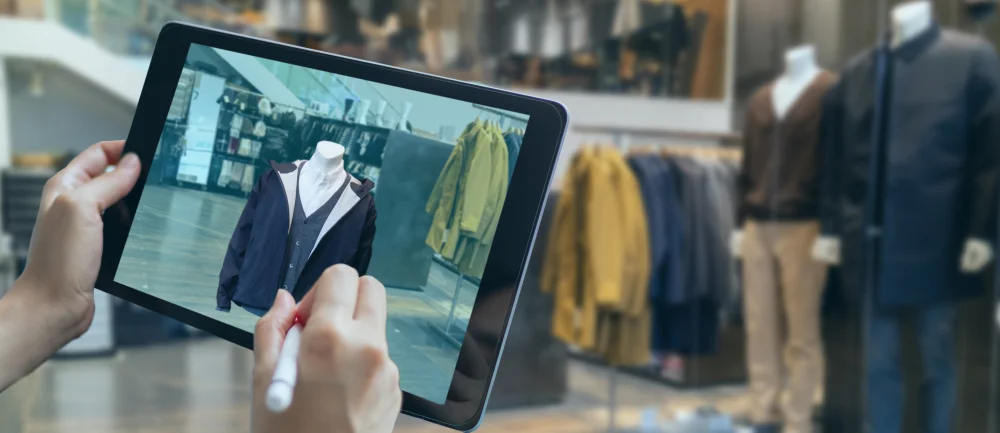
Technology is a key player in making fashion more sustainable. AI tools help forecast demand to avoid overproduction. Machine learning models optimize supply chains to minimize carbon emissions. Tools like CLO 3D allow designers to create samples digitally, eliminating fabric waste and speeding up the approval process.
Even textile innovation—like waterless dyeing techniques and biodegradable materials—is being fueled by research in nanotechnology and materials science. This intersection of fashion and technology is crucial in addressing the industry’s environmental challenges.
Conclusion: The Smart Future of Fashion
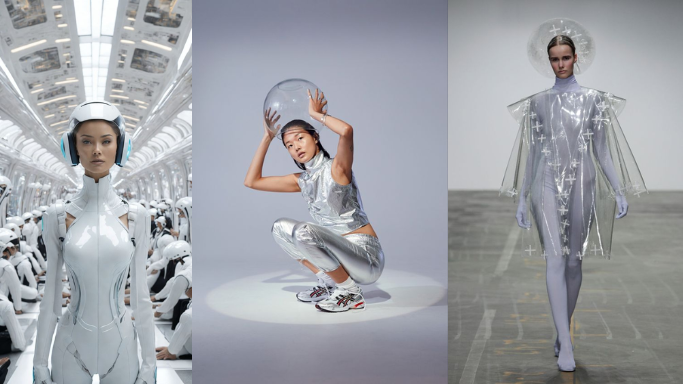
As fashion becomes increasingly digital and personalized, the role of technology is more pivotal than ever. From AI-powered design to blockchain-backed transparency and virtual fittings, these innovations are not just enhancing convenience—they’re reshaping the core of the fashion experience.
Whether you’re a designer, a brand, or simply someone who loves to express themselves through clothes, embracing the fusion of fashion and tech opens up endless possibilities. The future of fashion is not just stylish—it’s smart, sustainable, and spectacularly advanced.
